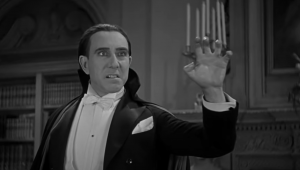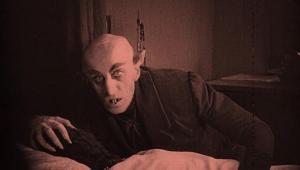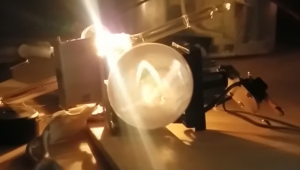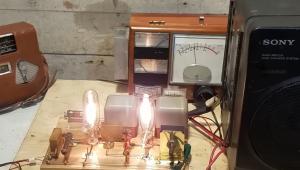The Rise and Fall of Stereo (Part Two)
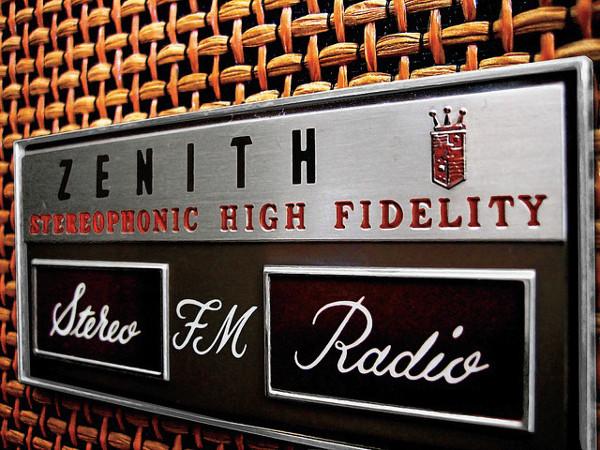
As an audiophile, it’s difficult for me to express my dismay as I see stereo practically becoming a historical footnote. I feel like a doctor in the tropics where malaria has finally been eradicated. What a tremendous outcome. Then, incomprehensibly, people stop using insecticides and nets. The mosquitoes come back, along with malaria. What happened?
Let me try to explain. Stereo is much, much more than two speakers. It is a sophisticated technique that encodes and reproduces signals containing information on the spatial properties of a soundfield. To properly decode the information and reproduce the soundfield, the listener must be properly positioned relative to the stereo speakers. As every audiophile knows, the subtended angle should be approximately 60 degrees or more. Look around you; on an everyday basis, how often do you see people listening to speakers at an angle of 60 degrees?
Distortion can take many forms. The distortion from a blown speaker is easy to hear. In a “stereo” soundbar, with the tweeters being the only independent speakers, and placed a foot apart, the abysmal spatial response is easy to hear. Because it fails to properly decode the encoded stereo signal, the playback quality of the “stereo” system is quite poor. And make no mistake—spatial distortion is every bit as real as any other audio distortion.
I guarantee you that many kids have never heard one of the most beneficial audio innovations — stereo separation.
Monaural absolutely, positively cannot decode stereo. And neither can a “stereo” system with tightly spaced speakers. We all lived through the sad era of “stereo” boomboxes, but now the list of “stereo” systems is growing exponentially. “Stereo” soundbars, “stereo” Bluetooth speakers, “stereo” smartphones—these products now dominate music playback. They are stereo in name only. In terms of audio fidelity, specifically their spatial fidelity, they are an abomination. Compared with stereo, listening to tightly spaced “stereo” speakers is like listening to an instrumental-only version of an Adele album.But what about headphones? They provide awesome stereo, right? Well, no. Headphones provide terrible stereo playback. In fact, they don’t provide stereo at all; they are binaural devices. In stereo, each ear hears the other channel; this interaural crosstalk is a key part of stereo decoding. Headphones are what stereo speakers would sound like if you sat in front of them with an infinitely large piece of soundproof plywood bisecting your head. Headphones massively distort spatiality.
It’s a moot point, but sadly I blame home theater systems for this debacle. They introduced listeners to a center channel. Soon, people assumed that a center-channel “stereo” soundbar worked just fine and they didn’t need the other 4.1 speakers. Disaster. I also blame smartphones. Smartphones with “stereo” speakers or headphone playback are the worst thing that ever happened to audio (and video) playback.
I guarantee you that many kids have never heard actual stereo. Raised in a house with a big TV and a soundbar, smartphones, and lots of Bluetooth speakers and headphones, they have never heard one of the most beneficial audio innovations—stereo separation.
Is there hope? Can stereo make a comeback? I don’t know. Sound systems in cars are a ray of light. But I can tell you that I’m pretty depressed. At this point, I’d almost prefer to live in the lo-fi hell of true monaural, rather than the distorted and duplicitous world of “stereo.”







